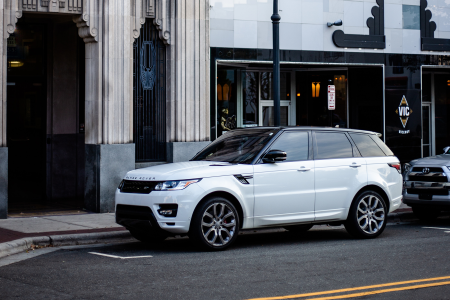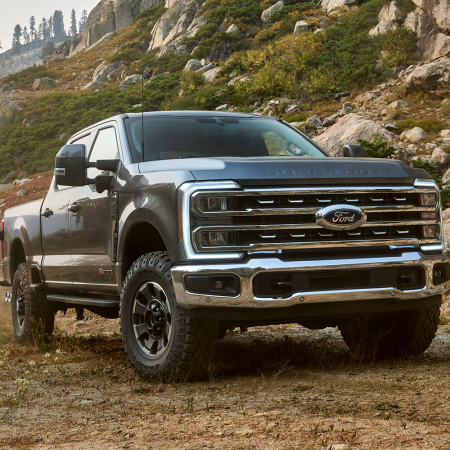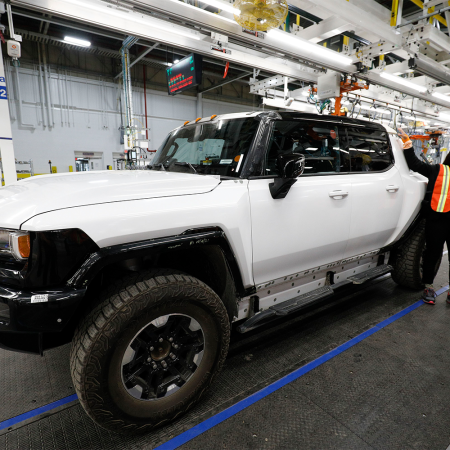If you drive on American roads with any regularity, you already know the state of the pickup truck in the 21st century. They’re bigger, they’re everywhere, and more and more they’re catering to people who plan on keeping the bed squeaky clean. None of this feels particularly revelatory, as these changes in consumer trucks have taken place gradually over decades. We’re used to it.
However, in a feature published on Axios this week, Will Chase, Jared Whalen and Joann Muller zoom out to show us just how much trucks have changed since they became a staple of American driving — and the picture is bleak. “They’ve become bigger, heavier and more tricked out,” they write, to the detriment of just about everyone around them.
Here are a few of the standout facts from the story: In the ‘80s, more than half of pickups were small or midsize; by 2010, full-size trucks had captured almost the entire market (in 2022, full-size trucks were around 60%). Between 1990 and 2021, the average weight of pickups increased by 32%, “meaning they strike pedestrians with more force” (and electric trucks, which are heavier due to their giant batteries, could exacerbate this problem). Furthermore, in terms of collisions, “car drivers are 2.5 times more likely to die when colliding with a pickup as compared to another car,” a larger figure than your average SUV. Alongside this, we’re also seeing a continued increase in the number of pedestrians and bicyclists killed on U.S. roads.
Real Talk: You Don’t Need That Truck or SUV (and You Know It)
Americans are killing off the sedan, and that’s bad news for the planetThe knee-jerk argument against seeing any of this as a problem is that American buyers should be able to purchase any vehicle they want. And on its face, that argument seems sound. But when you look at what modern day truck buyers actually use their trucks for, as Axios does in its report, that line of thinking falls apart.
According to survey data from Strategic Vision, a vehicle research firm, 63% of Ford F-150 owners rarely or never use their truck for towing, and even more astonishingly, 32% rarely or never use their vehicle for personal hauling! So what the hell are they using their gigantic hauler for then? While the numbers are high for shopping/errands and pleasure driving (which makes sense, as those are normal parts of vehicle ownership), the surprising statistic is that 52% frequently use them for commuting. In other words, they’re not using their F-150 to haul construction equipment or landscaping supplies, they’re simply using it to haul their suit-and-tie ass to work.
Even truck owners themselves admit that they don’t need their trucks! As Axios points out, this is part of a transition away from seeing pickups as “workhorse vehicles” and towards seeing them as “family cruisers” (something automakers are pushing, as truck sales can lead to larger profits compared with sales of smaller vehicles). But of course these drivers don’t see it that way. If these surveys asked, “Do you actually need your F-150?” I bet 100% would answer yes.
It’s 2023, but the argument I laid out quite clearly in 2019 apparently still needs to be said: you, the average American driver, really don’t need that pickup. Let’s stop kidding ourselves.
Thanks for reading InsideHook. Sign up for our daily newsletter and be in the know.


















